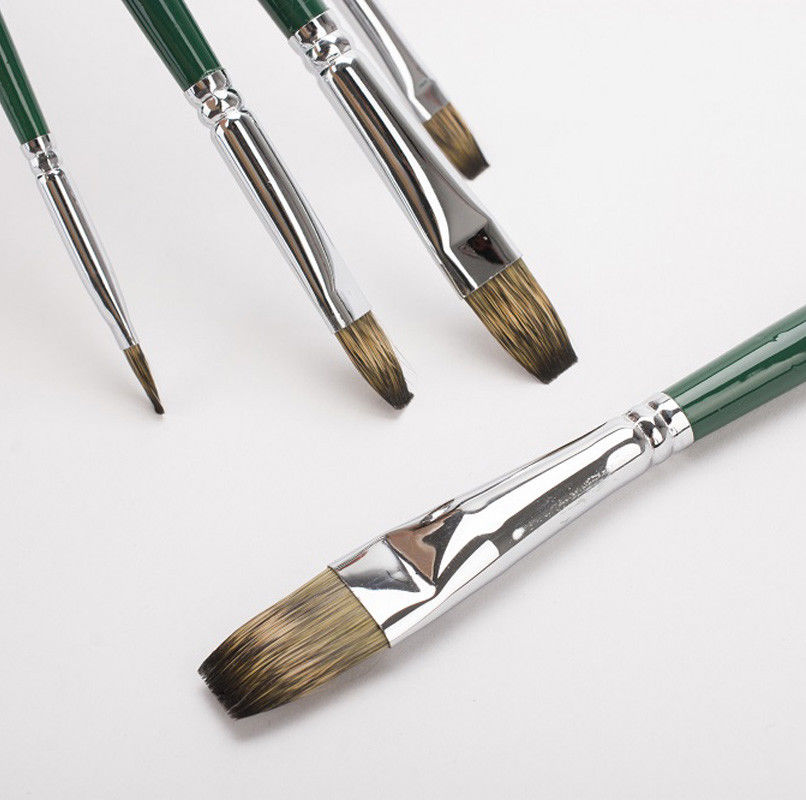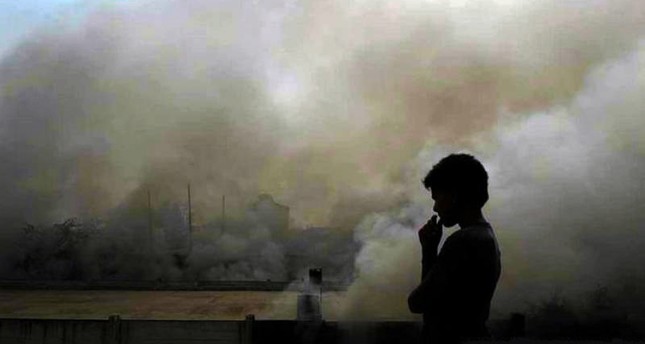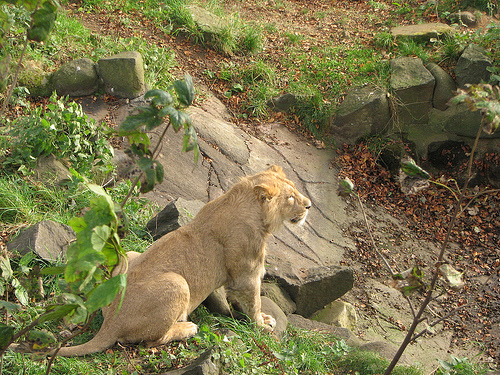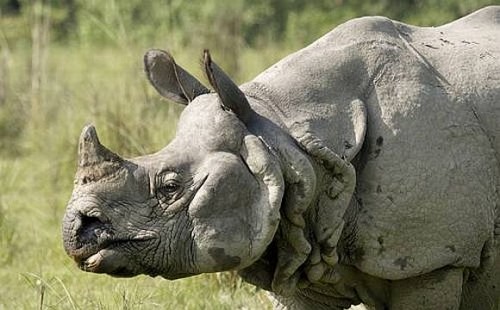Over 56,000 paintbrushes and 145 kg of mongoose fur were seized in Sherkot in Bijnore beginning of October, unearthing a massacre of unimaginable proportions. According to the Wildlife Crime Control Bureau (WCCB), the consignment represents the death of 10,000 mongooses for making paintbrushes out of their fur. 6 arrests were made in the process, guided by a tip-off.
Read More: Beware, Your Paint Brush Might Be Made Of Mongoose Hair
The poaching of a mongoose is an offence under Schedule II of Wildlife (Protection) Act of 1972, which can lead to an imprisonment of 7 years and a fine of Rs. 10,000.
Prolonged investigations by wildlife conservation organizations such as the Wildlife Trust of India (WTI) have highlighted the well-developed nature of the mongoose hair trade, which involves poachers from a number of states such as Tamil Nadu, Kerala, Karnataka, Madhya Pradesh and Haryana, among others working in conjunction with paintbrush owners whose reach extends to international markets. Paintbrushes sporting mongoose hair can only be identified by trained experts, and even x-ray scanners find it hard to detect them.
Read More: Animals Killed In Thousands On World Environment Day
The estimate of the number of mongooses killed was derived by the finding that 50g of hair can be extracted from a single animal. With the WTI’s claim of 50,000 mongooses being killed each year, it is evident that this once common denizen of India’s parks, gardens and village fields is rapidly going the way of the passenger pigeon or the nearly-extinct Siberian crane. And for nothing more than a handful of paintbrushes, for which suitably safe alternatives exist.






